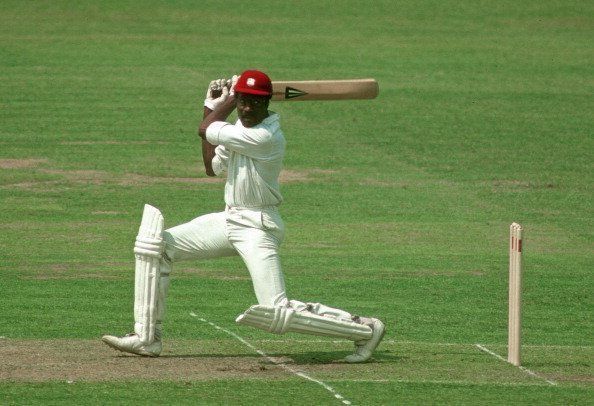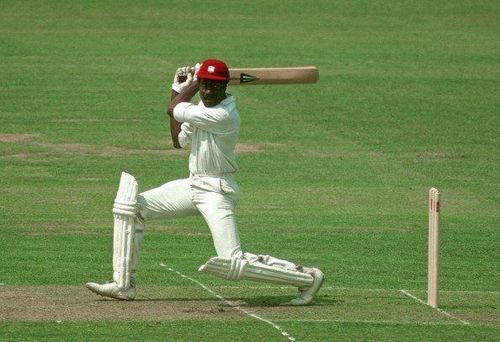
A glorious finale to the Prudential Cricket World Cup 1975

Australia v West Indies • Lord’s, 21 June 1975
The stage was set for a battle royale at the Mecca of cricket. The atmosphere was electric as the first-ever World Cup final began. Dennis Lillee bowled a well-directed bouncer and Roy Fredericks, as was his wont, hooked it perfectly for a six. As all eyes followed the ball, Fredericks began to walk away. Soon everyone realized that the batsman had dislodged the bails while completing the stroke. Remember, bouncers were not no-balls in one-day cricket in those days. That was as dramatic a start as one could have wished.
Not long after, the Australian pacemen bagged two more wickets, both caught behind by Rod Marsh. That was the signal to the tall, slightly stooping and stoic West Indies skipper Clive Lloyd to enter the arena. And how he belted the Australian attack! There was so much savage power behind those strokes that only he could have played them.
The experienced Rohan Kanhai was an admirable foil, as they first repaired the fractured innings and then put it on the road to a big total. Lloyd reached his century off just 82 balls, the fastest in the World Cup until Canada's John Davison set a new mark in 2003.
The pair put on a record 149 runs for the fourth wicket off just 26 overs. Lloyd’s contribution in this stand was 102 which included 2 sixes and 12 fours. The last 81 runs of the partnership came in a mere nine overs. The Australians were mesmerised by this brilliant performance.
The later batsmen carried on the good work, and the West Indies finished just 9 runs short of 300 which put them firmly in control of the match. Gary Gilmour did well to pick up a five-wicket haul close on the heels of his six scalps in the semi-final.
The Australians are nothing if not gritty fighters. After the early loss of Rick McCosker, they made steady progress as Alan Turner and Ian Chappell put on valuable runs for the second wicket. They were, however, stunned by the brilliant fielding of a rising Caribbean star named Vivian Richards. He made direct hits to run out Turner, and then Greg Chappell. Incredibly, he made another lightning pick-up and accurate return, with Ian Chappell still out of his ground. These run outs must surely have been the turning points of the match. They certainly set the stadium alight.
To the credit of the Aussie batsmen, most of them chipped in with useful scores. But at 233 for nine the fight seemed to have gone out of them. That was to under-estimate the Australians who were not ready to surrender the ultimate prize easily.
The unlikely pair of Jeff Thomson and Lillee got together to try and carve out an even unlikelier win. As the runs mounted along with the lengthening shadows, tension ran high. Forty-one priceless runs had been added for the last wicket. With nine deliveries left, only 18 runs were required. It was possible. Was this a miracle in the making?
Just then, Thomson panicked. Missing a delivery from Vanburn Holder, he rushed out of his crease. His desperate dive back was not enough as Deryck Murray effected a fifth run out. It was a thrilling finish to a great final. Everyone wished there would be many such in the future. E.W. Swanton wrote in Barclay's World of Cricket:
It had been a miraculous day, in cricketing terms: perfect weather, perfect pitch, a superb game and a great finish.
West Indies: 291 for 8 wickets (60 overs) beat Australia: 274 all out (58.4 overs)